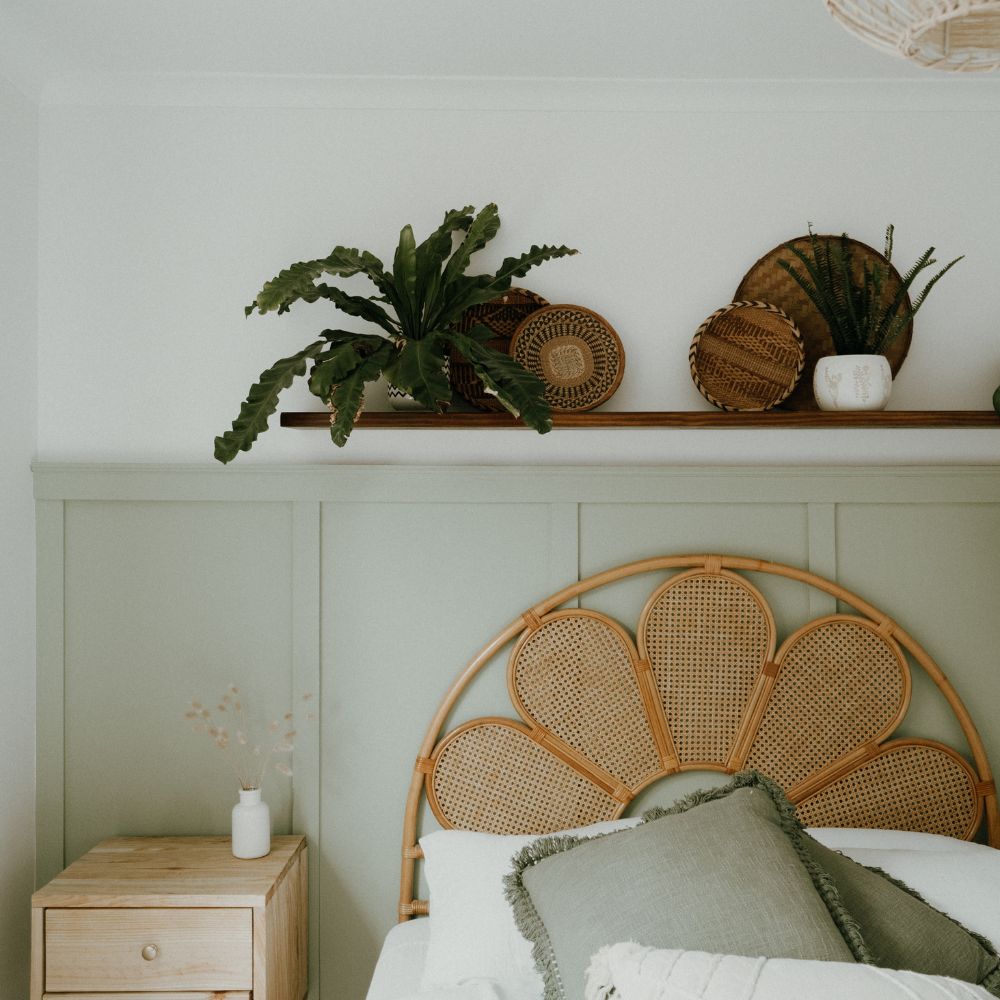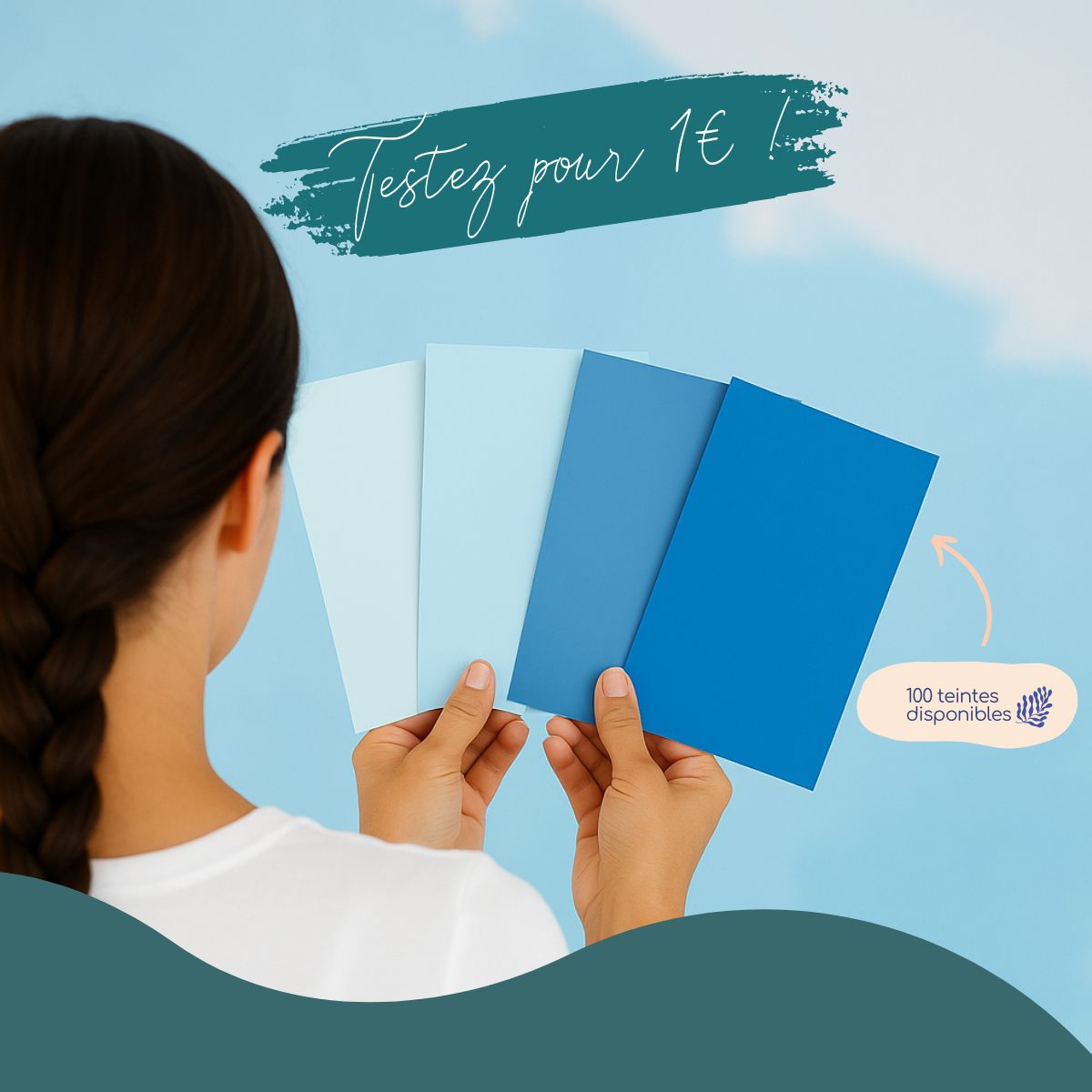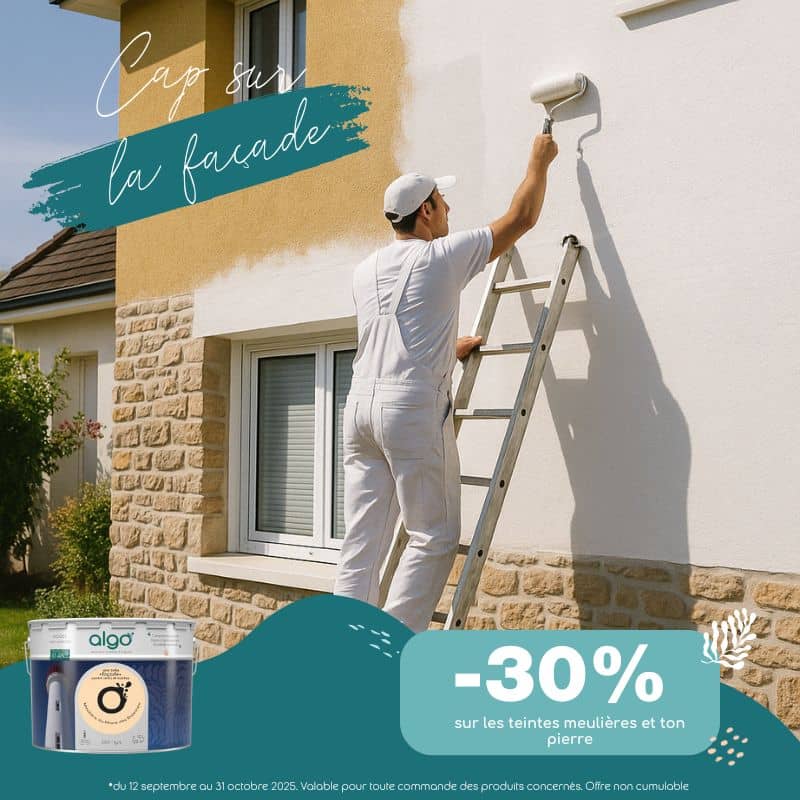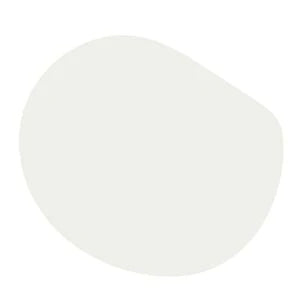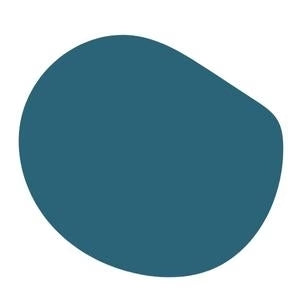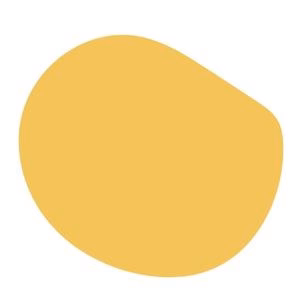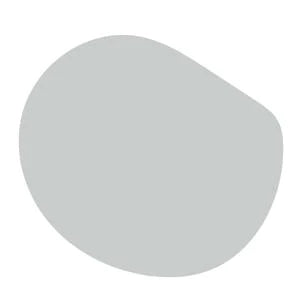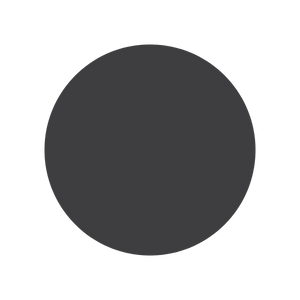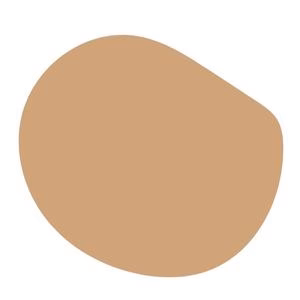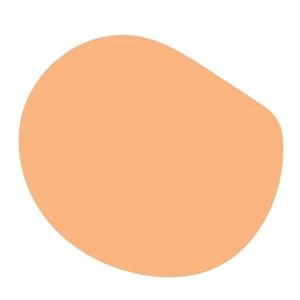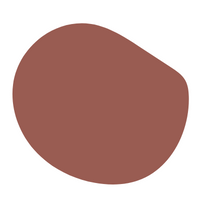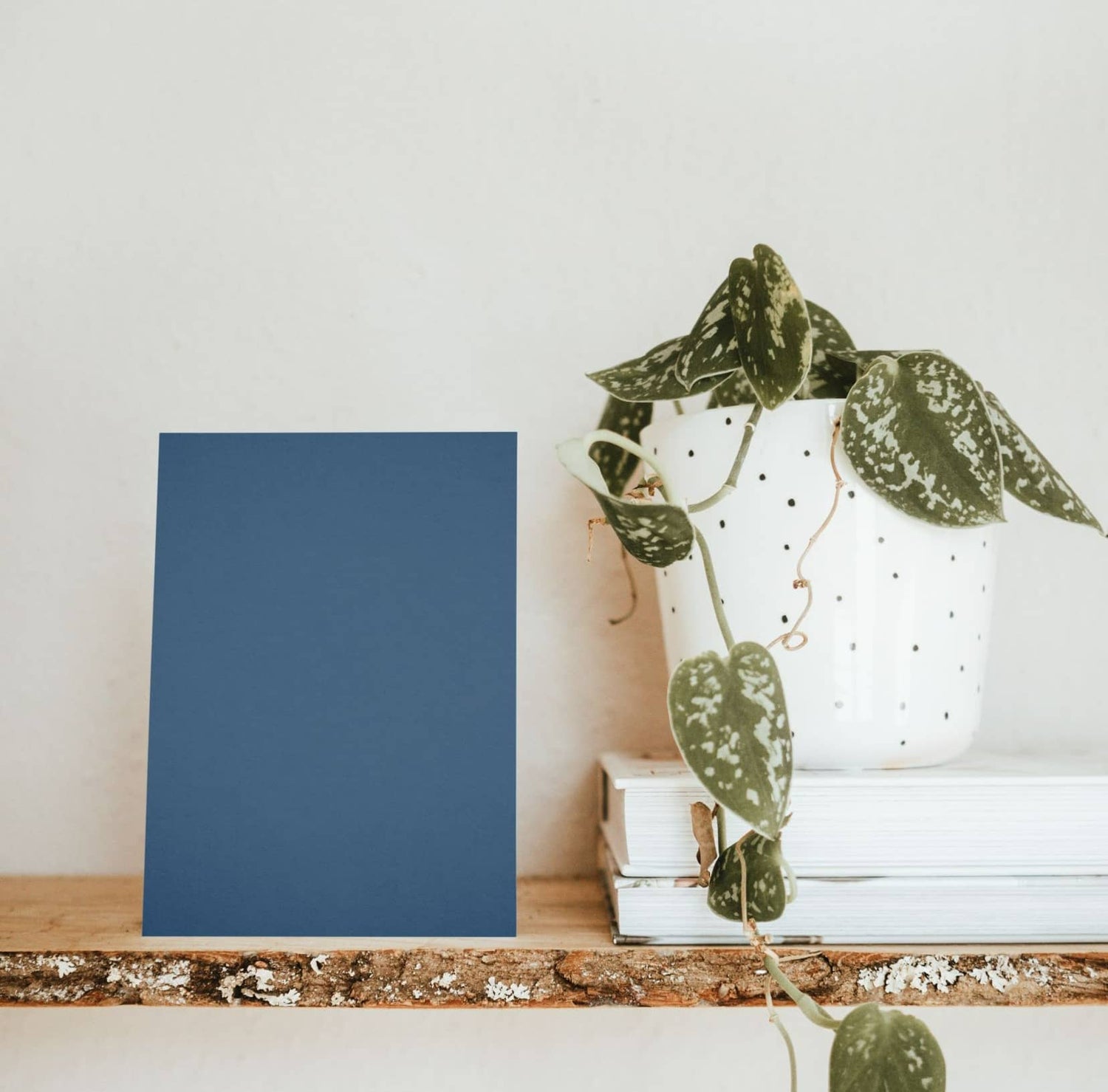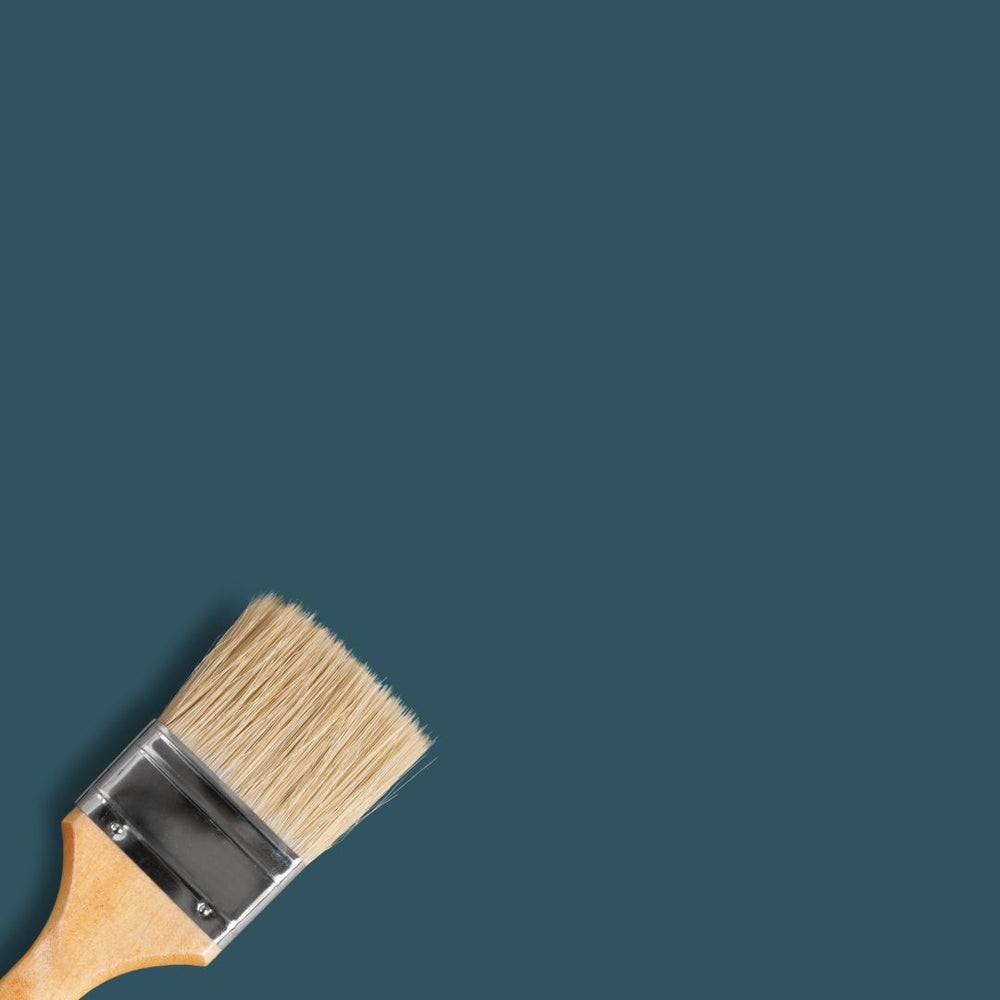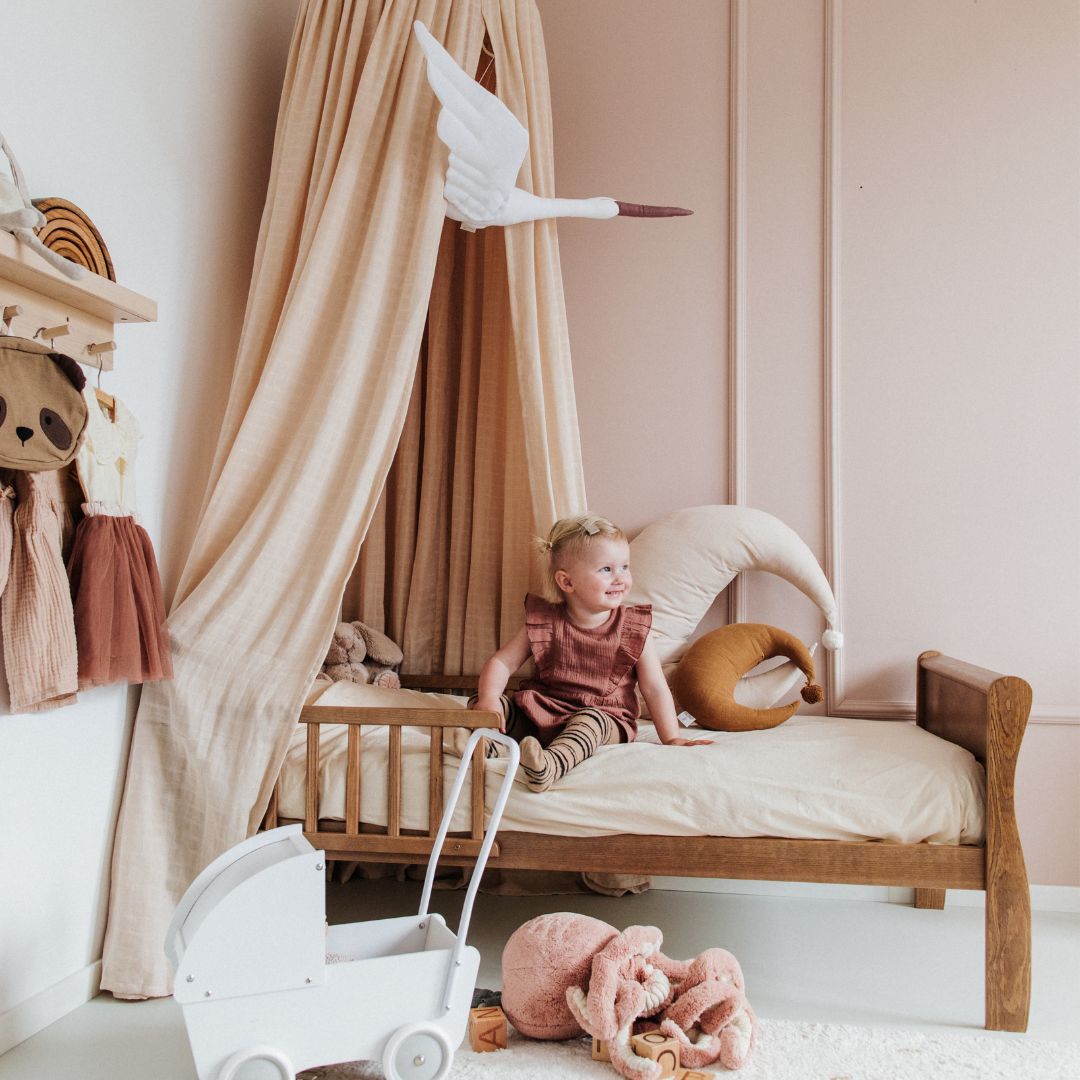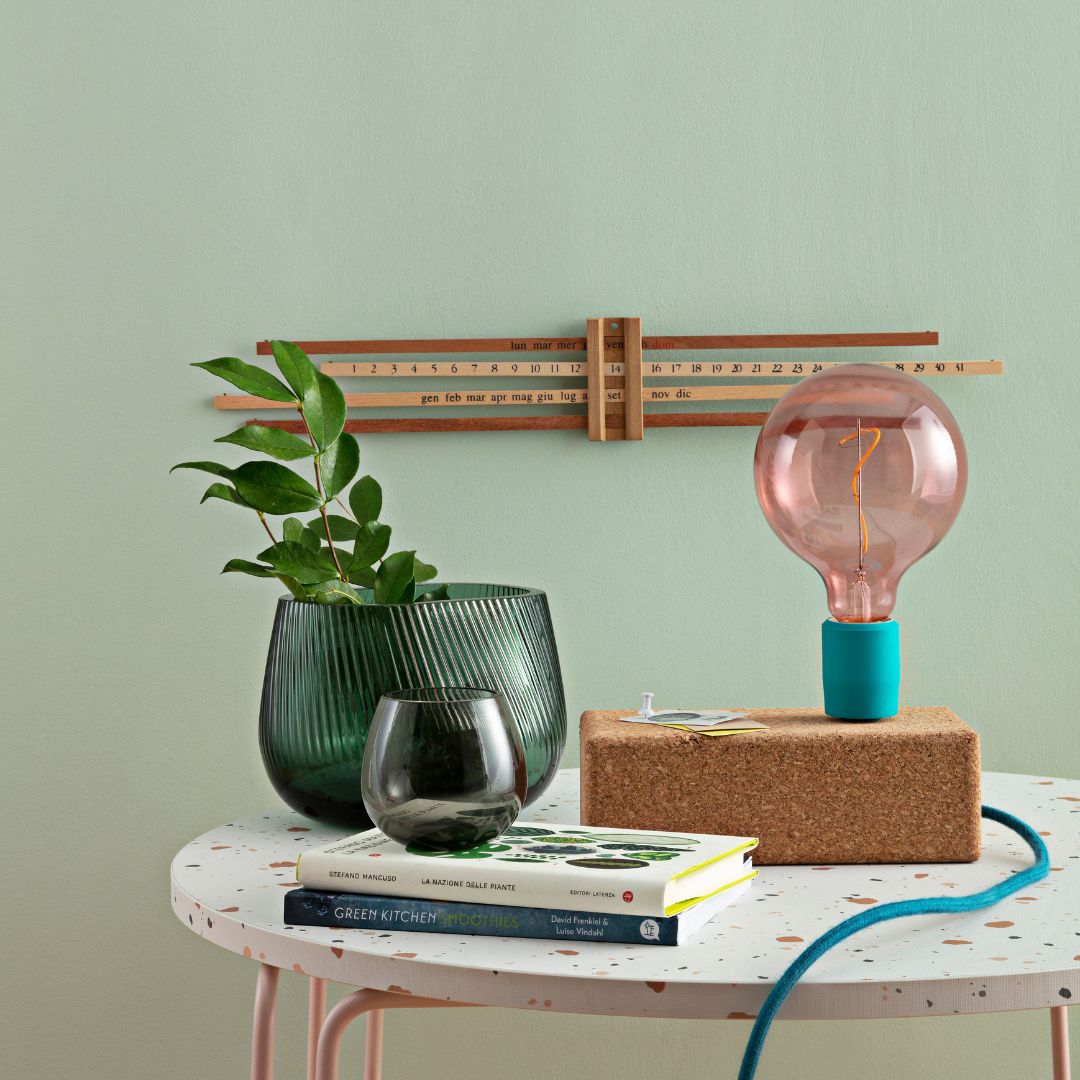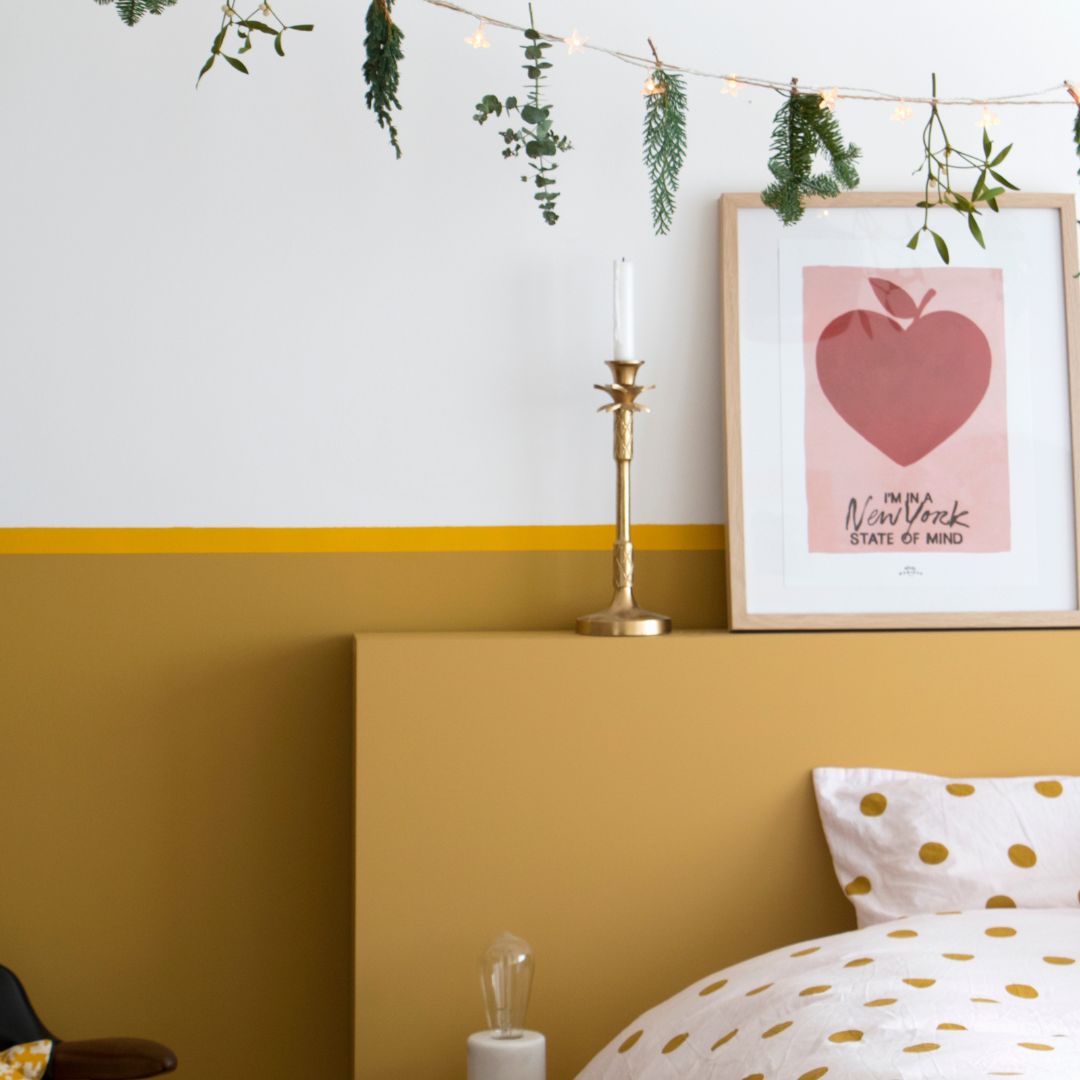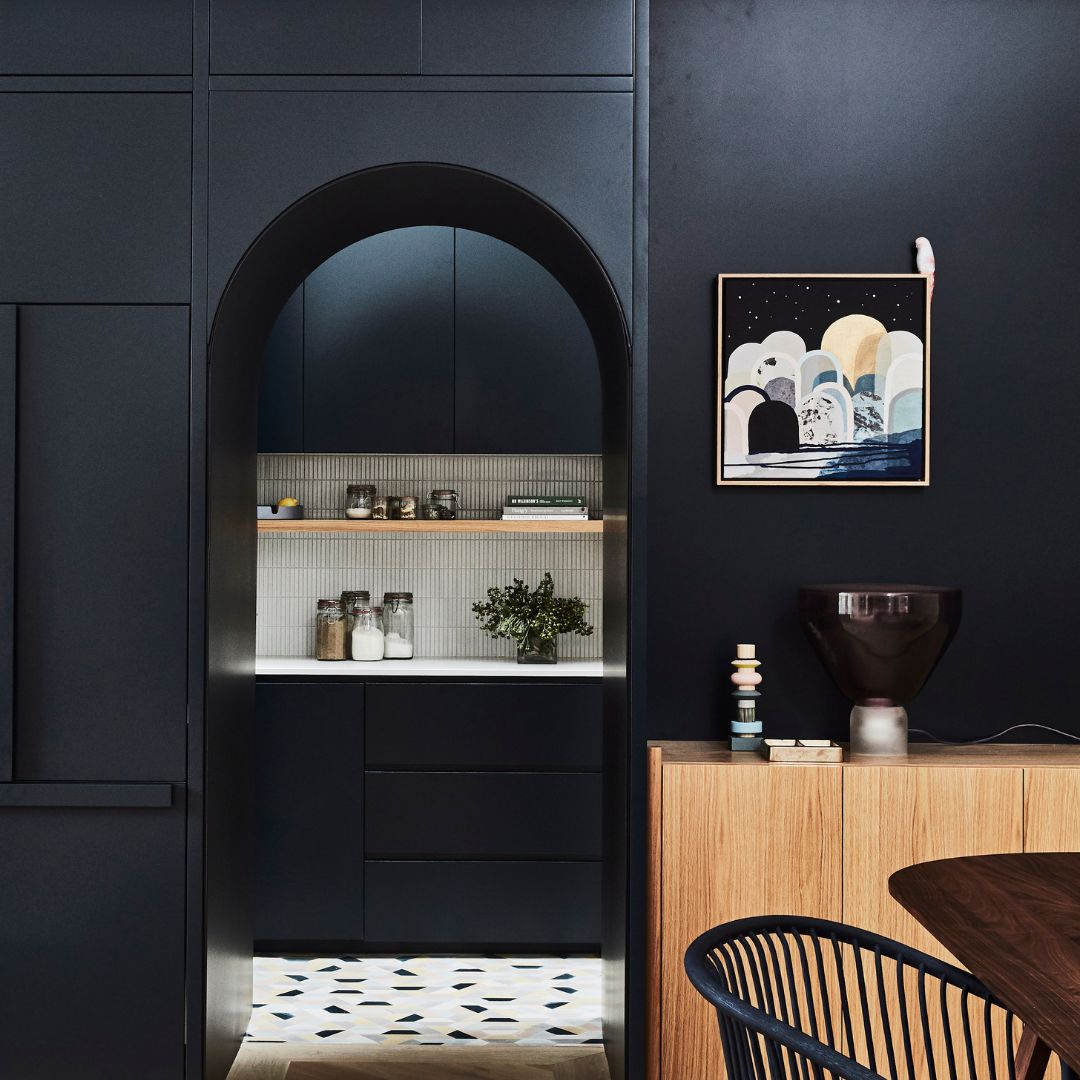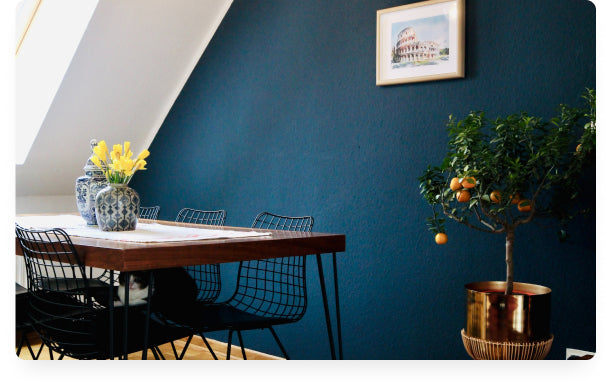
COLOR CHART
Algo blue color chart
The blue color chart is an essential tool for choosing the right shade of blue. There are many variations of blue, from light blue to dark blue, including turquoise and cobalt blue. Each color has its own characteristics and can be used to create a different effect.
-
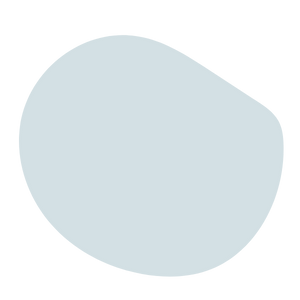
Sky Blue Watercolor
Sample -
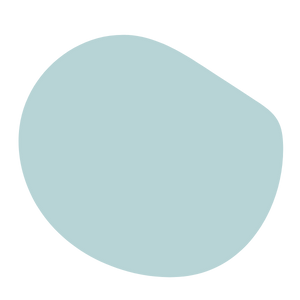
Blue Clematis
Sample -
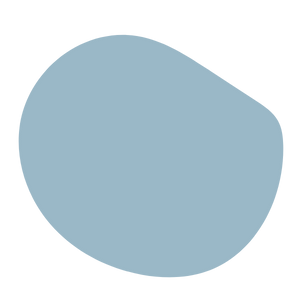
Meditation Session
Sample -
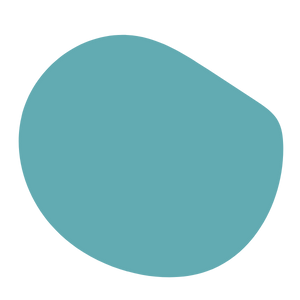
Marie Galante Blue
Sample -
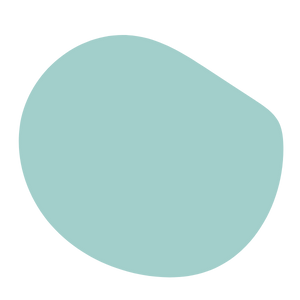
Playful Blue Green
Sample -

Tatihou
Sample -
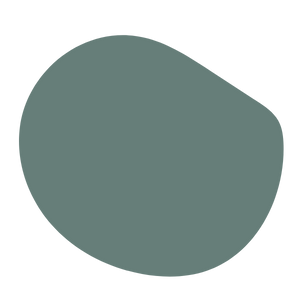
Blue Green Coquet
Sample -
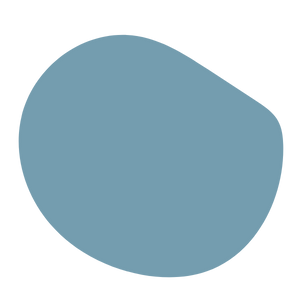
Porquerolles Blue
Sample -
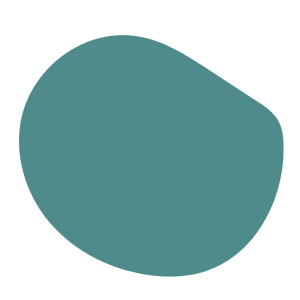
Duck Blue
Sample -
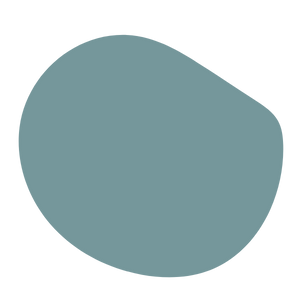
Charming Blue
Sample -
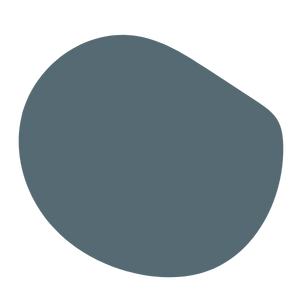
Pacific Blue Grey
Sample -
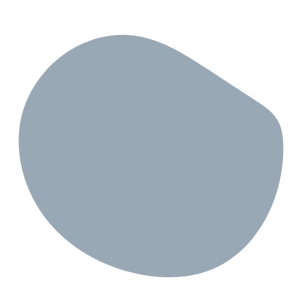
Blue Marquesas
Sample -
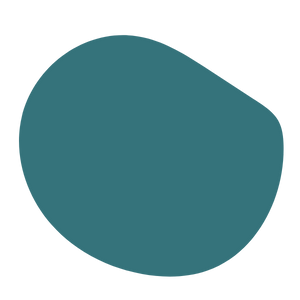
Iroise Blue
Sample -

Delicate Blue
Sample -
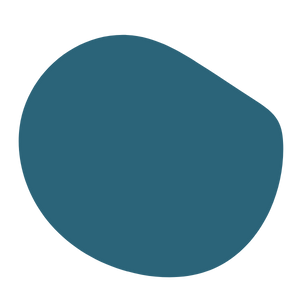
Blue Sea Trip
Sample -
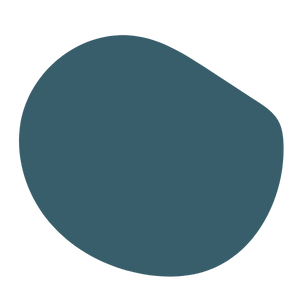
Storm Blue
Sample -
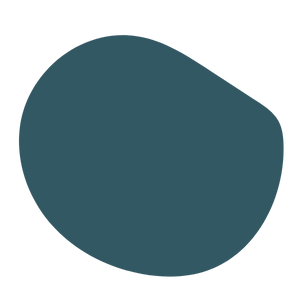
Blue Dragonfly
Sample -
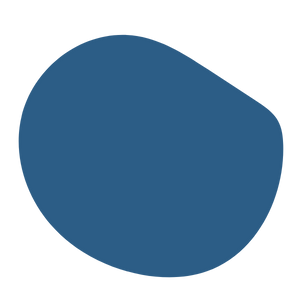
Atlantic Blue
Sample -
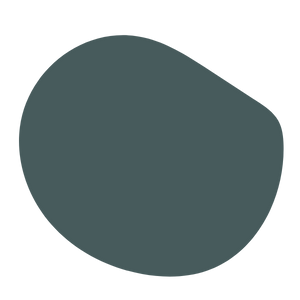
Blue Green Mullein
Sample -
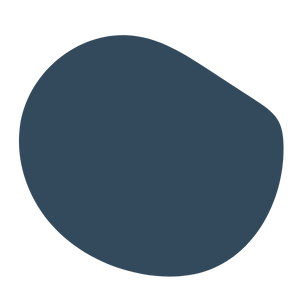
Seven Islands Navy Blue
Sample -
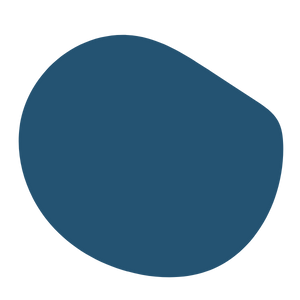
Abyss Blue
Sample
Characteristics of the blue palette
The color of serenity, wisdom, and freshness, blue is a must-have shade that ranks among Western favorites. A poetic shade that evokes travel and escape, the sea and the sky, blue will bring light and calm to your interiors.
The color of all possibilities, blue allows you to imagine an infinite number of styles and combinations since, according to Yves Klein, blue “has no dimension, it is beyond dimension.” To guide you through the myriad possibilities offered by this iconic color, Algo invites you to discover acolor chart of blues featuring its most beautiful variations.
Blue green, blue gray or duck blue: the different shades of blue paint!
Sometimes soft, sometimes intense, sometimes vivid, sometimes pastel, blue plays on nuances and styles to adapt to all interiors. For an ultra-trendy retro ambiance, opt for shades of duck egg blue or peacock blue that will impose an original vintage style. Conversely, for a more serene and peaceful atmosphere, a blue-green or blue-grey paint combined with neutral tones will be preferred.
If you're feeling more electric, the iconic Klein blue or Majorelle blue is for you. Finally, for a calm and elegant atmosphere, opt for the intensity and depth of a petrol blue , midnight blue or navy blue paint.
What complementary color can blue be combined with?
A wide range of possibilities is available to you when it comes to combining blue. The freshness of this shade blends easily with a multitude of colors that will each reveal the strengths and character of the different shades of blue . Curry yellow will be the ideal companion for a wall in a room if you opt for duck egg blue or peacock blue, creating a resolutely modern seventies atmosphere.
Softer shades of blue, such as blue-green or blue-grey, can be perfectly combined with other, stronger shades of blue, such as navy or Klein blue. The chic appeal of midnight blue can be enhanced by the softness of neutral colors and the elegance of touches of gold metal.
The advantages of the color blue
A color with many virtues and assets, blue has a wealth of benefits. Celestial in essence, blue is the color of wisdom and escape, like turquoise blue . Known for its soothing properties, it promotes tranquility, rest, and meditation. Blue, thanks to its brightness, also has the ability to visually enlarge space and will therefore be your ally if you are looking to expand small rooms.
Finally, blue offers the possibility of imagining an infinite number of variations of ambiance on the walls of a room: Scandinavian with pastel blue, retro with duck blue , elegant with navy blue or even vibrant with Klein blue .
In which rooms should you use blue?
Once again, blue will surprise you with its ability to adapt to every room in the house. Bright and cheerful, turquoise and peacock blues will add a touch of zest to your kitchen for a unique pop atmosphere. The color of water and purity, blue and its shades of gray and green will find their place in a bathroom.
For a living room with character and a touch of escape, Klein blue and duck egg blue on the walls of a room will be your allies. Finally, in a bedroom, a midnight blue enhanced with hints of light wood will create an ambiance that's both chic and warm.
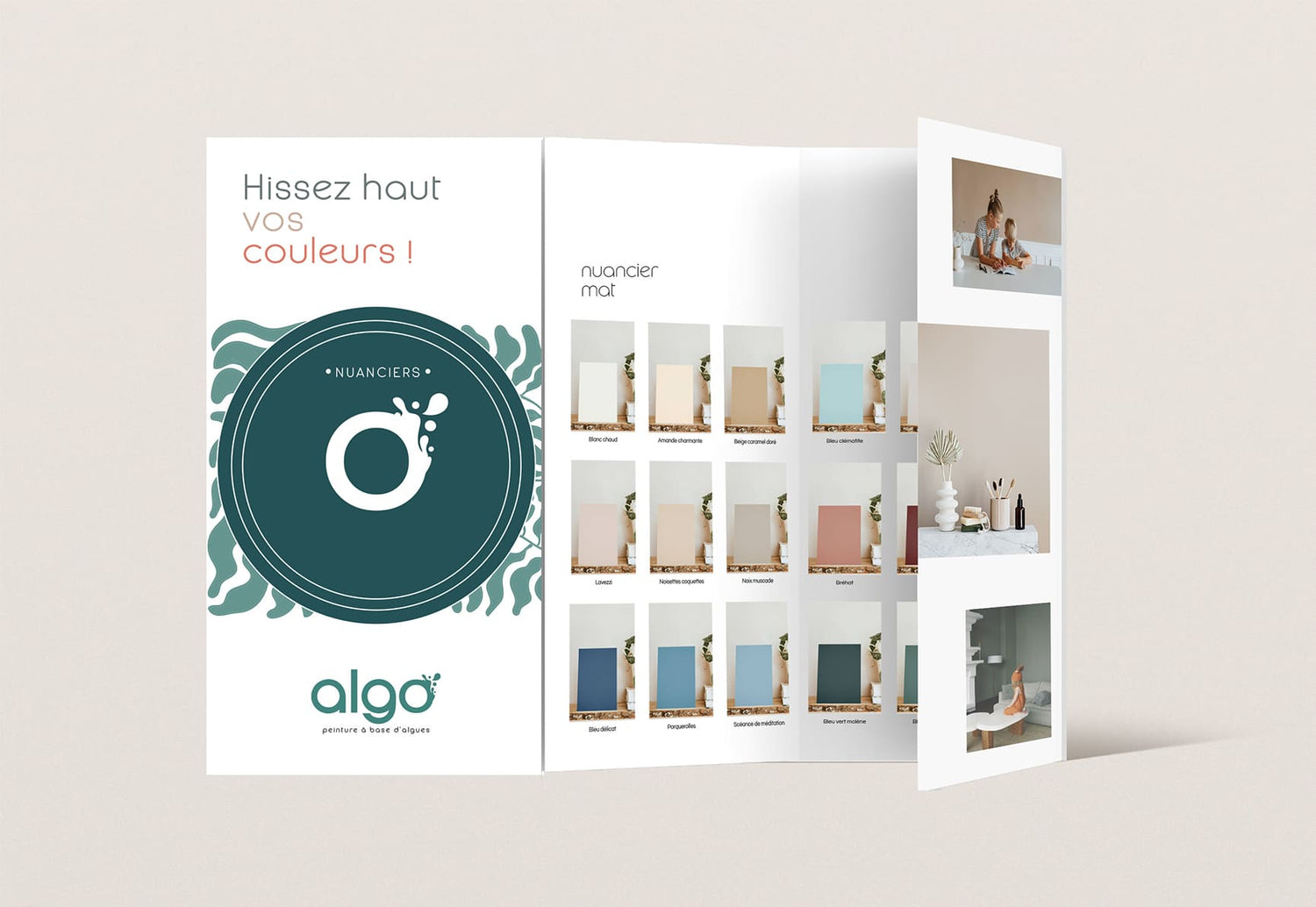
Need an overview?
Receive the Algo color chart within 48 hours
Do you like the color blue?
-

Blue eco-friendly paint
Blue paint: a range of colors from light to dark It's impossible...
